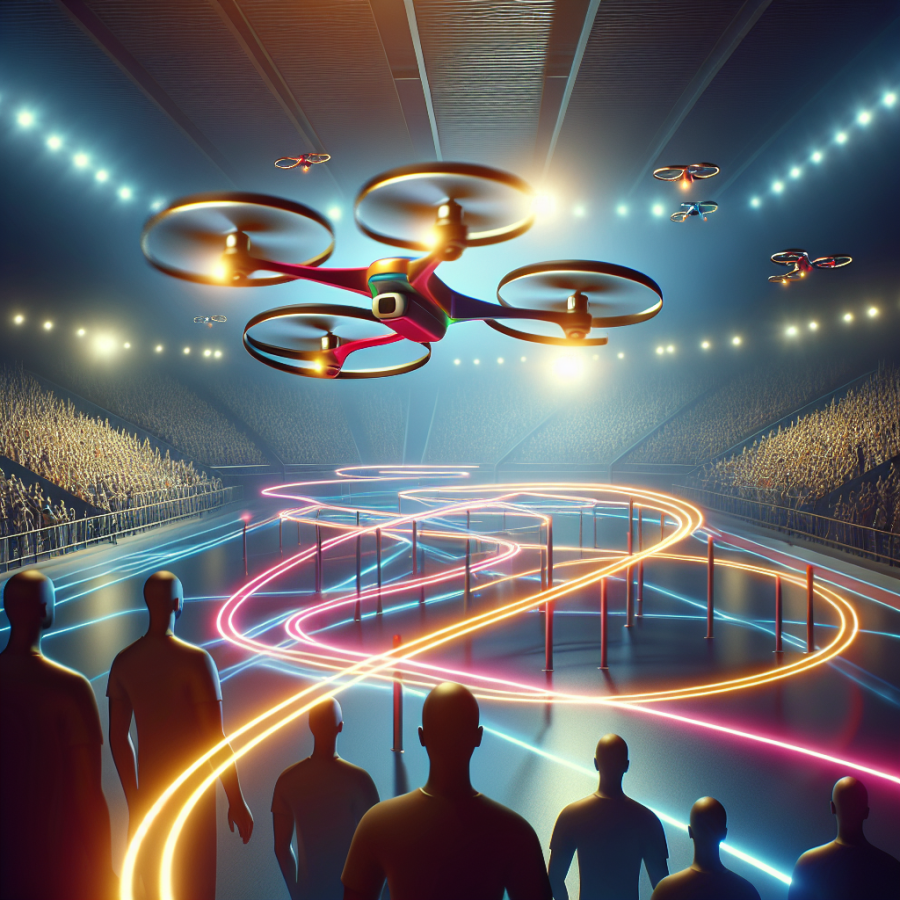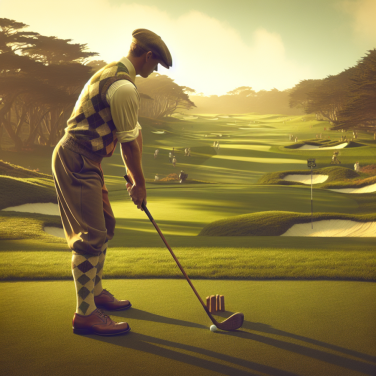Venturing Deeper: The Technology and Skills Behind Drone Racing Success
Drone racing is more complex than it might appear on the surface. This unique blend of technology, skill, and speed requires a significant understanding of the various components that lead to success. Participants need technical aptitude, piloting abilities, and comprehensive knowledge of drones to excel.
Firstly, in the realm of technology, drones are complex pieces of machinery. The most common models that are used for racing are quadcopters, named so because they have four rotors. These rotors propel the drone through the air and allow it to maneuver quickly and accurately through different terrains and settings, making them ideal for drone racing. High-quality racing drones are typically lightweight yet sturdy, able to withstand crashes—and there will be crashes. Many drone racers opt for carbon fiber frames, prioritizing a robust design that can survive a range of impacts.
Drone cameras are also fundamental to this sport. Pilots fly their drones using a live video feed from a camera mounted on the drone. This is known as First Person View (FPV) racing. FPV cameras are chosen based on their resolution, latency, and field of view. Low-latency cameras can rapidly transmit video, enabling pilots to make split-second decisions during races.
The propulsion system is another critical component. It governs the drone's speed and maneuverability. The motors, propellers, and batteries that make up this system must be chosen and calibrated carefully to provide the optimum balance of speed, handling, and flight time.
Regarding the skills necessary for drone racing, one needs two main abilities: flying and building/repairing drones. Drone racing pilots have impressive reflexes and utilize sophisticated piloting skills to control their drones’ speed, altitude, and direction, often through tight spaces. Achieving this level of control requires hours of practice. The most successful pilots spend considerable time honing their skill, often practicing with flight simulators before trying out their moves in the real world.
Building and repairing drones are also essential skills. As stated earlier, crashes are inevitable in drone racing, and continuous wear and tear demand frequent maintenance and occasional component replacement. A good understanding of how drones are put together—and how to repair them when they break—can make all the difference in a competition. Pilots need not only to be effective fliers but also experts in customizing and tuning their drones to suit their flying style and the demands of specific race tracks.
Read also:
Navigating the Rules: Can Golf Carts Really Go On The Road?"
Understanding the Basics: What is Drone Racing?
Drone racing is an exciting new sport that combines innovation and adventure while pushing the thrill boundaries. It is a truly thrilling and immersive experience that allows participants to virtually defy the laws of physics and experience flight in ways that were never before possible.
In drone racing, quadcopters, which are enhanced with modern technology, are typically used. These high-speed drones are often equipped with front-facing cameras that feed video signals to wearable, First Person View (FPV) goggles. This creates an immersive experience for pilots, allowing them to virtually see and navigate the environment.
Drone racing follows a format that's familiar to those who enjoy car or horse races. The racers steer their drones around a set track, with the aim of completing the course as quickly as possible. Most tracks are uniquely set using lit gates and flags, and every route is different, which means each race represents a distinct skill test for the pilots.
With drone races sometimes reaching speeds of over 100 miles per hour, the ability to control these lightning-fast, nimble machines requires a high level of skill. To navigate at such high speeds, pilots must have excellent reflexes, hand-eye coordination, and spatial awareness.
Though drone racing may seem simple, it's not just as straightforward as having the fastest machine. The right strategy is essential, including when to deploy specific maneuvers, knowing the optimum racing line, and understanding how to outsmart fellow competitors.
It's also noteworthy that drone racing is a sport where age or physical ability does not necessarily limit one's ability to compete. Whether young or old, as long as one has the agility, reflex, and ability to control and navigate, they can successfully participate in drone racing.
From an equipment perspective, there are two major classifications in drone racing based on levels of customization: ready-to-fly (RTF) drones and do-it-yourself (DIY) drones. RTF drones are pre-built drones available for purchase, making them ideal for beginners. On the other hand, DIY drones are custom built. They give the builders the possibility of customization, allowing them to modify different aspects to suit personal preferences and enhance overall performance.
In conclusion, drone racing represents the perfect amalgamation of technology, gaming, sport, and creativity. It offers an adrenaline-pumping experience that is both challenging and entertaining. Moreover, it's becoming increasingly popular as people all over the world are drawn to the unique blend of innovation, competition, and sheer excitement that drone racing provides.




